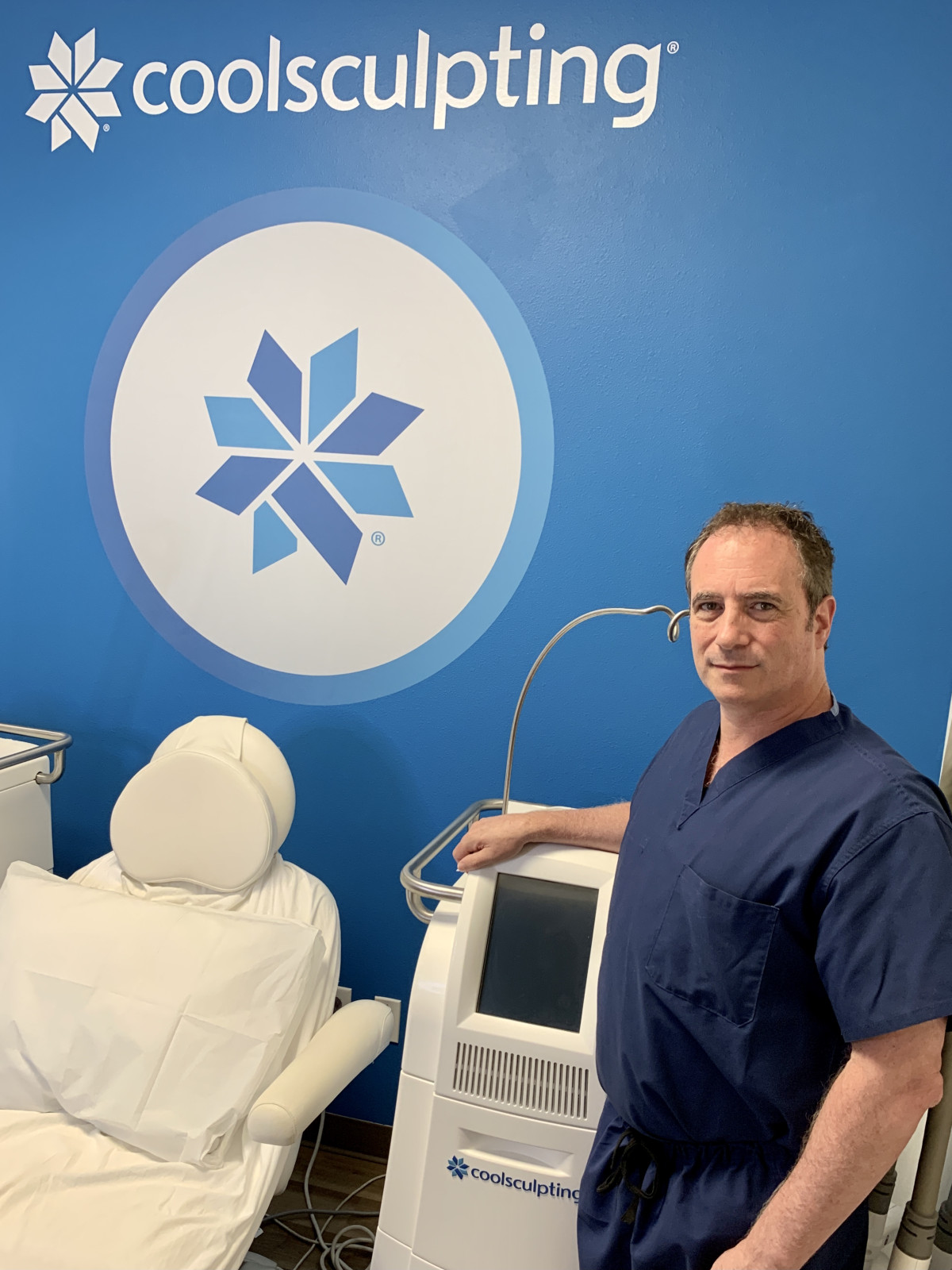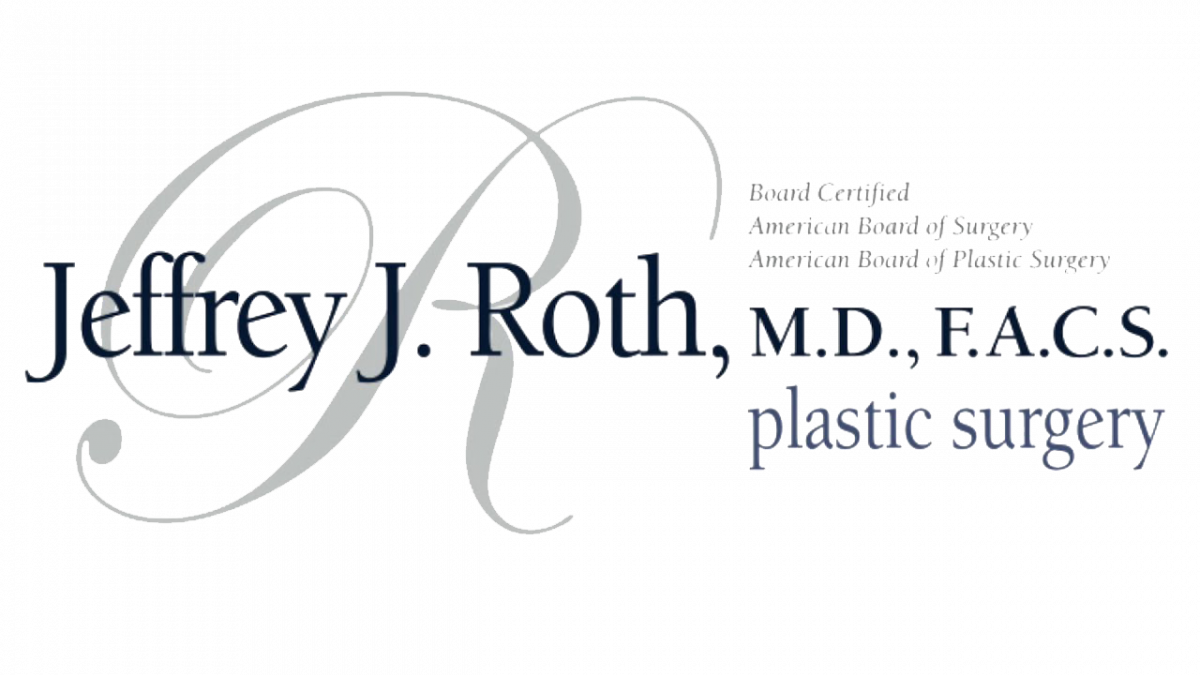The Difference Between Botox and Dermal Fillers
Aging is a natural process that many people want to slow down. As a result, cosmetic procedures such as Botox and dermal fillers have become increasingly popular in recent years. While these two treatments are often discussed together, it is important to understand the differences between them to make an informed decision when considering these procedures. This article will provide an overview of both Botox and dermal fillers and compare how they work differently from each other.
Botox was first used to treat strabismus in 1981. Botox has been FDA-approved to combat wrinkles since 2002 and works by temporarily paralyzing facial muscles that cause wrinkles or lines on the face. It does this by blocking signals sent from nerves to muscle fibers telling them to contract. Results can be seen within days after treatment and may last up to four months before another procedure is needed for maintenance.
Dermal fillers are injected into the skin using needles to add volume, reduce wrinkles, or create contours on specific areas of the face. The most common substances used for this type of treatment include hyaluronic acid, collagen, poly-L-lactic acid (PLLA), calcium hydroxyapatite, Polymethyl methacrylate (PMMA) microspheres, and fat injections. Dermal filler results usually last longer than those of Botox with effects lasting anywhere from six months to over a year depending on the individual's lifestyle habits and the age at which the procedure was done.
Overview Of Botox and Dermal Fillers
Botox injections and dermal fillers are two of the most popular cosmetic treatments used to reduce wrinkles on the face. Botox is a type of botulinum toxin, which works by blocking nerve signals from reaching facial muscles, it will then relax them and prevent dynamic wrinkles from forming. On the other hand, dermal fillers use substances such as hyaluronic acid or collagen to add volume beneath the skin's surface, thus smoothing out wrinkles and giving a fuller appearance. Both procedures have different effects on the skin and can be used individually or combined for greater results.
When considering either procedure, it is important to understand their differences so that an informed decision can be made regarding which one best suits an individual needs. The healthcare provider should be consulted beforehand to assess safety risks and discuss potential side effects. Ultimately, both treatments offer effective solutions for reducing signs of aging but with different approaches to achieving similar outcomes.
In addition to being more affordable than plastic surgery, these injectable techniques require minimal downtime after each session making them appealing options for busy individuals looking for fast-acting anti-aging treatments.
Common Uses of Botox and Dermal Fillers
Botox and dermal fillers are both popular injectable treatments used to improve the appearance of lines, wrinkles, or folds on the face. Botulinum toxin injection is primarily used for dynamic wrinkles like frown lines between eyebrows, forehead lines, and crow's feet around the eyes. On the other hand, dermal filler treatments can be used in static wrinkles like those found near nasolabial folds (nose-to-mouth lines). They can also be injected into areas such as lips, temples, and cheekbones to restore volume loss due to aging.
The following provides a more detailed comparison of common uses for Botox versus dermal filler injections:
Botox Injections:
- Used primarily to treat dynamic facial wrinkles caused by repeated muscle movements resulting from smiling, laughing, and squinting.
- Also known as neuromodulator injections when using botulinum toxin type A-brands, Botox, Dysport, Xeomin, and Daxxify. Best for treating horizontal forehead lines, vertical frown lines between brows, and crow’s feet around eyes.
Dermal Filler Treatments:
- Primarily used to soften deep creases that become permanent over time due to sun damage or the natural aging process.
- Commonly referred to as “soft tissue augmentation” injections when using hyaluronic acid-based products such as Juvéderm® Ultra XC, Juvéderm® Voluma® XC, Revanesse® Versa™, Belotero® or Restylane® Silk.
- Ideal for reducing marionette line depth near the chin area; diminishing lip wrinkles; adding softness & fullness back into cheeks; augmenting thinning lips; restoring lost volume under eyes; filling out hollow temples.
These treatments are effective ways to reduce the appearance of fine lines without surgery or intensive recovery times associated with traditional facelifts. While one patient may choose one treatment over another depending upon their individual need, both offer similar results in terms of wrinkle reduction and improved skin texture if administered correctly by a professional practitioner like Dr. Jeffrey Roth, who is a board-certified plastic surgeon in Las Vegas and experienced in injectable therapy.
What Are the Differences Between Botox and Dermal Fillers?
Botox and dermal fillers are two of the most popular facial rejuvenation treatments available. Both treatments can correct wrinkles, enhance features, and improve skin tone. However, several key differences between Botox and dermal fillers should be taken into consideration before undergoing any facial treatment.
Botox is a muscle-relaxing injection derived from botulinum toxin type A that works by temporarily preventing muscle contractions in areas where it is injected to reduce or eliminate wrinkles caused by dynamic expression lines. Dermal fillers, on the other hand, contain FDA-approved filler products such as hyaluronic acid products, or other products like, Sculptra® (injectable poly-L-lactic acid), or Radiesse®(Calcium Hydroxylapatite), which directly add volume and fullness to static wrinkles below the surface of the skin without affecting surrounding muscles. Certain dermal filler injections are reported to help restore lost collagen which improves overall skin texture while providing hydration benefits.
When considering both options, it's important to remember that Botox will provide a temporary reduction in movement-related wrinkles while dermal fillers address pre-existing fine lines and creases with more long-lasting results. Furthermore, when comparing cost-effectiveness, Botox typically requires more frequent visits for maintenance due to its shorter duration of effect compared to many dermal filler product options currently available on the market today. Ultimately, each patient’s individual needs must be discussed with their injector who can best determine an appropriate course of action based on their desired outcome.




























